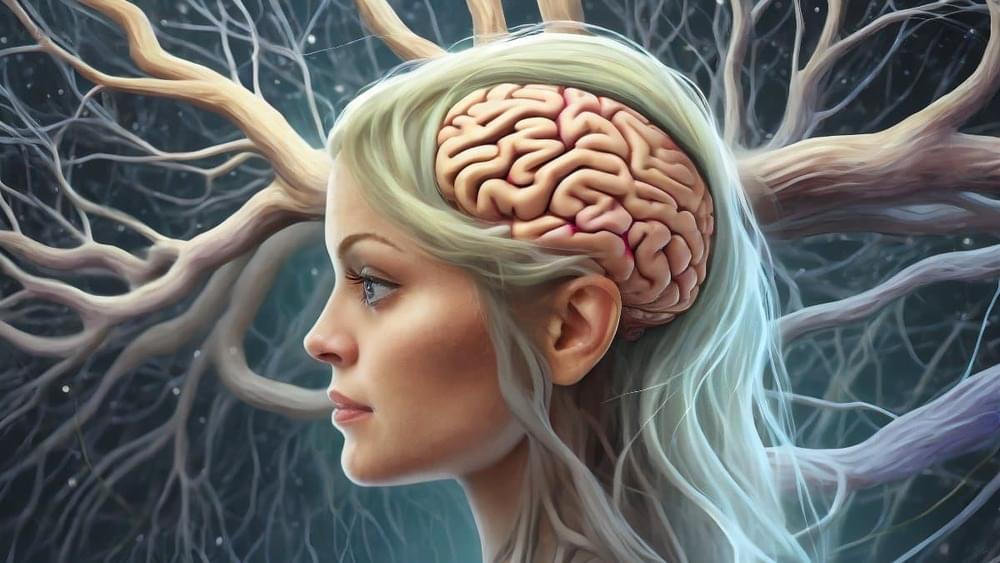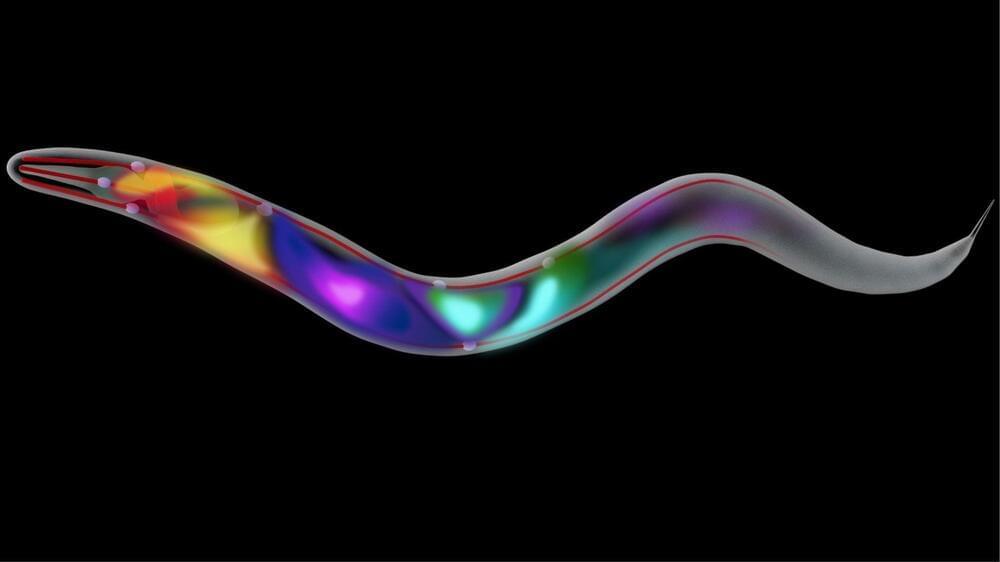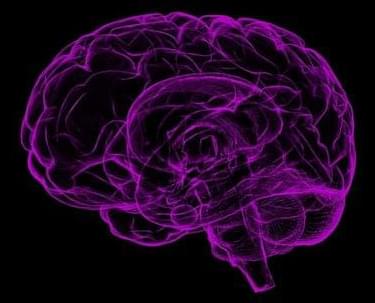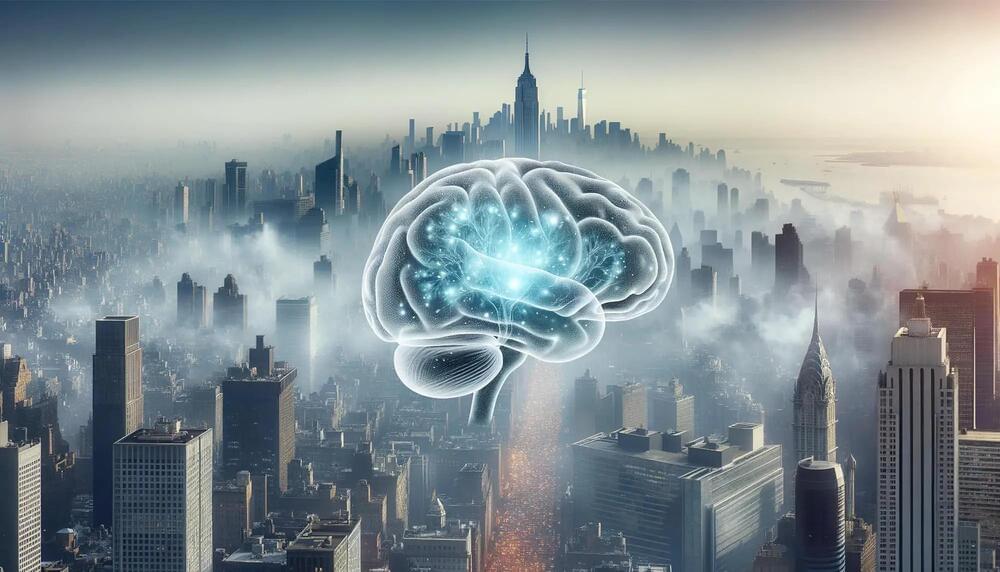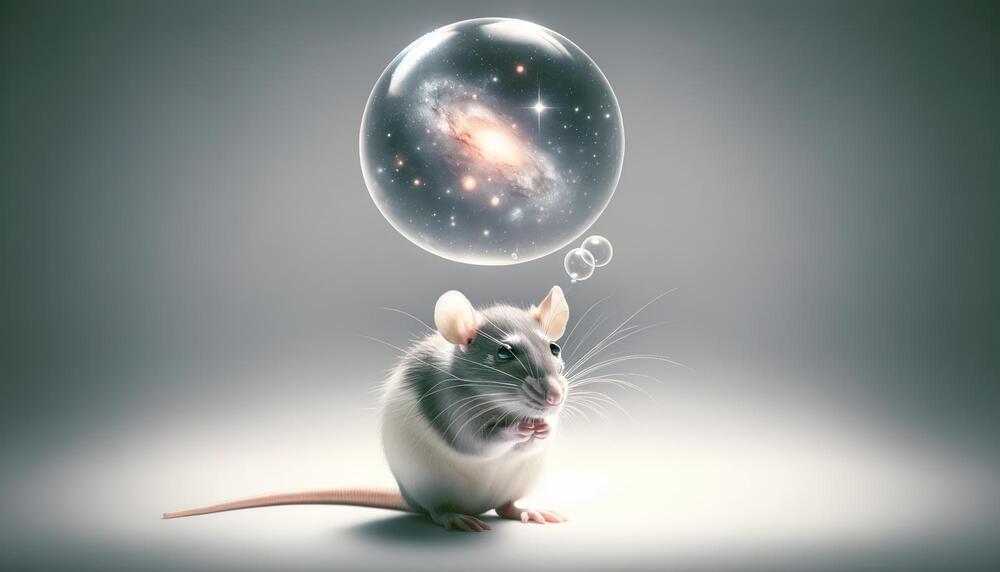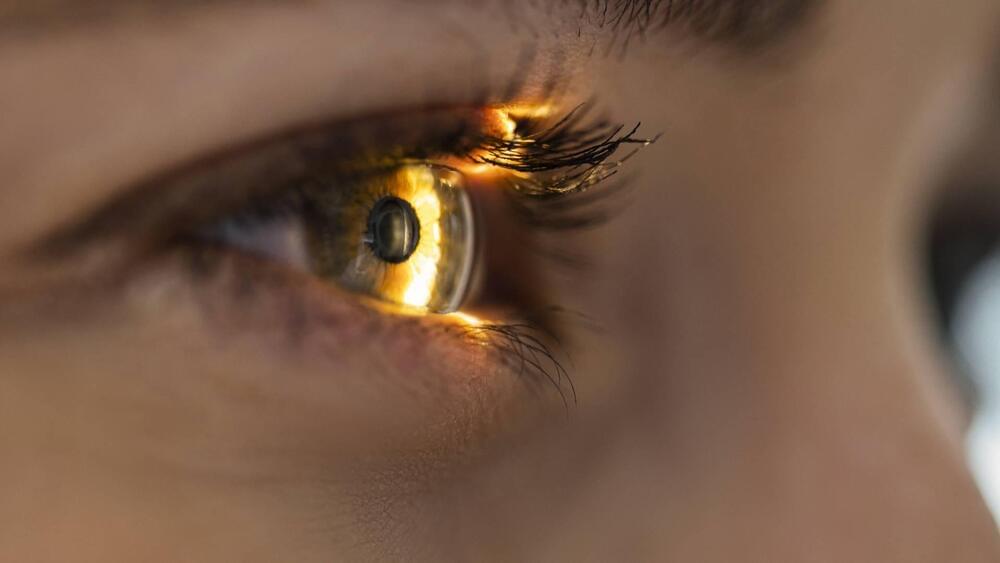Researchers have discovered that patterns of activity in our neurons are more influenced by the shape of the brain – its grooves, contours, and folds – than by its complex interconnections.
“The conventional view is that specific thoughts or sensations elicit activity in specific parts of the brain. However, our study reveals structured patterns of activity across nearly the entire brain, relating to thoughts and sensations in much the same way that a musical note arises from vibrations occurring along the entire length of a violin string, not just an isolated segment.”
➡️
Neural activity may be more influenced by the shape of the brain – its grooves, contours, and folds – than by its complex interconnections.


